How to Snowboard Practice at Home – Tips and Exercises for Beginners
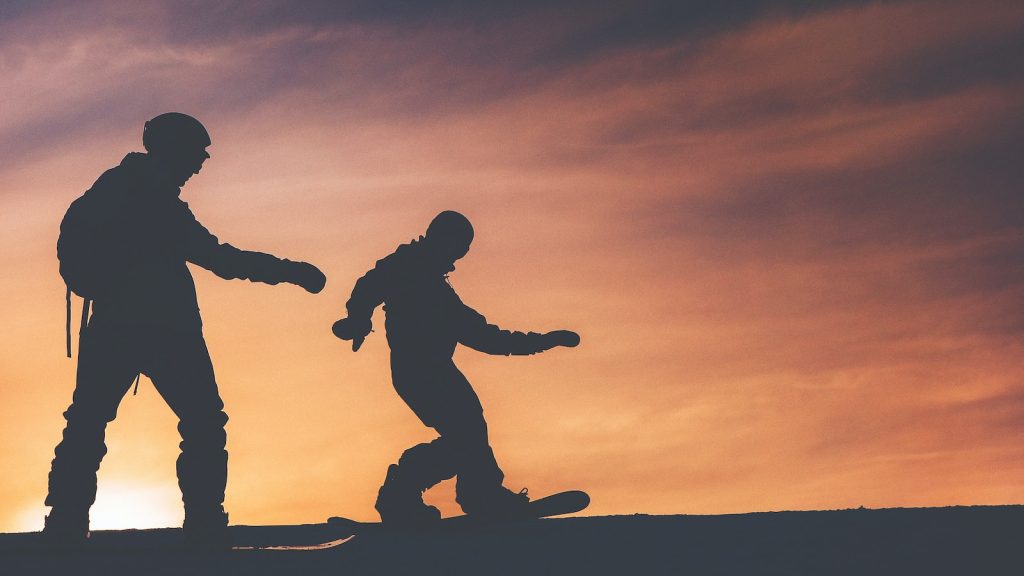
Are you eager to master the art of snowboarding but unsure where to begin? Or perhaps you’re looking for ways to stay sharp and improve your skills during the off-season? We’ve got you covered with a comprehensive guide on how to practice snowboarding at home, or more specifically, how to engage in effective “snowboard practice at home.” From setting up your snowboard gear to incorporating alternative board sports, we’ll share tips and exercises tailored for beginners to help you build a strong foundation and hit the slopes with confidence.
Key Takeaways
Set up your snowboard gear and practice basic movements at home to gain confidence.
Strengthen your body with leg, core & upper body exercises for optimal performance on the slopes.
Utilize mental preparation techniques, alternative board sports and online resources to become a master of the sport!
Setting Up Your Snowboard Gear at Home

Before venturing onto the mountain, it’s beneficial to get acquainted with your snowboard gear and ascertain that it’s correctly set up. This includes choosing the right board size, adjusting bindings, and strapping in securely. Getting comfortable with your gear at home will not only boost your confidence on the slopes but also help you master the sport more effectively.
We’ll now delve into the details of how to set up your snowboard gear for snowboarding at home.
Choosing the Right Board Size
Optimal performance and control on the slopes hinge on choosing the perfect board size. The right size depends on your height, weight, and riding style. A general rule of thumb is that the board should come up to your chin when standing on it.
Don’t forget that power, strength, balance, and endurance are vital considerations in selecting your ideal board size, aiding you in advancing your snowboarding prowess. Also, the terrain at which you are riding will play a huge part in your choice.
Adjusting Bindings
Bindings are the connection between your feet and the snowboard. Adjusting them correctly ensures a comfortable and secure fit, allowing for better control and maneuverability on the slopes.
To ensure your bindings fit perfectly, follow these steps:
Loosen the straps.
Adjust the heel and toe cups to fit your feet.
Tighten the straps enough to keep your feet in place, but not so tight that they cause any discomfort.
Strapping In Securely
Safety and stability are paramount when snowboarding, which is why strapping in securely is essential. To get comfortable with strapping in before hitting the mountain, boot up and confidently strap into your snowboard. Practicing this at home will ensure you’re ready for your first day on the slopes, and you’ll be able to focus on improving your skills rather than worrying about your gear.
Bindings these days have a plethora of feature from forward stance adjustment, center stance, strap placement and lateral/ medial adjustments. Don’t get too lost in the weeds if this is your first time up and make sure you’re comfortable.
Building Strength and Endurance

Developing strength and endurance is vital for snowboarding success, as it helps maximize your performance and stay safe on the slopes. Incorporating a variety of exercises into your training routine will not only improve your snowboarding skills but also reduce the risk of injury:
Leg exercises/ strengthening: squats (varieties), lunges (varieties), deadlifts (varieties), Step ups (varieties), etc.
Core exercises: planks (varieties), Russian twists, mountain climbers, etc.
Upper body exercises: push-ups (varieties), pull-ups (varieties), shoulder presses
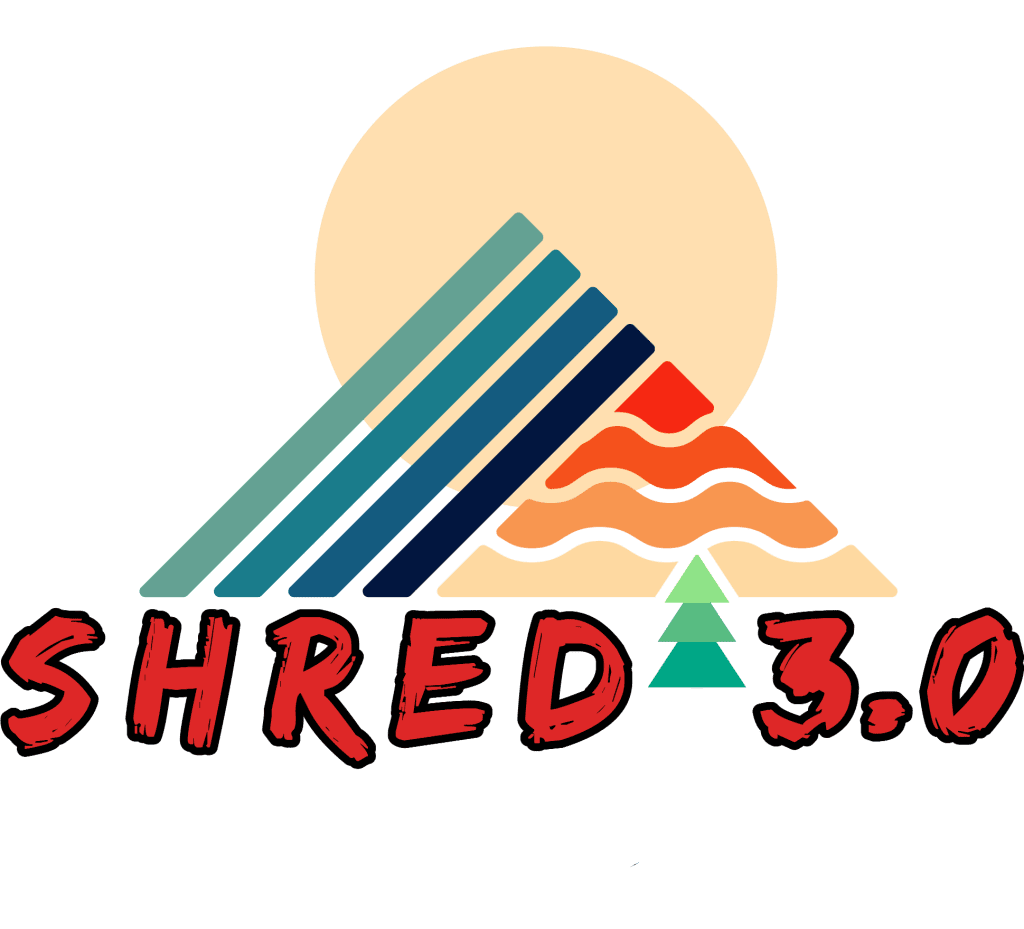
Looking for Snowbaording’s #1 online training program? Look no further!
Leg Exercises/ Strengthening
Strong legs are crucial for better control and stability on the slopes. Adding leg exercises like squats and lunges to your workout routine can bolster lower body strength and augment your snowboarding performance.
Core Exercises/ Strengthening
A strong core is essential for maintaining balance and preventing injuries while snowboarding. Some great core exercises for snowboarding include:
Planks
Russian twists
Squats
Twisting squats
Single leg stands
Mountain climbers
These exercises will help you achieve a strong core and improve your snowboarding performance. Incorporate these exercises into your routine to boost your stability and balance on the snowboard.
Upper Body Exercises
Upper body strength is also important for overall snowboarding performance. Here are some exercises that can help you develop the power and control needed to excel on the slopes:
Push-ups
Pull-ups
Plyometric push-ups
Push presses
Push jerks
Cleans
Snatches
Med ball slams
Balance and Coordination Training

Balance and coordination are crucial aspects of snowboarding, and training in these areas can significantly improve your skills and reduce the risk of falls. Utilizing a balance board, practicing on a skateboard deck, or engaging in yoga are some great ways to enhance your balance and coordination for snowboarding.
Using a Balance Board
A balance board is an excellent tool for developing better balance and coordination for snowboarding. By practicing on a balance board, you can simulate the movements and sensations experienced while snowboarding, helping you become more comfortable and confident on the slopes.
Start by practicing between a door and using the door jamb for support if balance is ever lost, ensuring a safe and effective training session.
Skateboard Deck Practice
Practicing on a skateboard deck can significantly improve your balance and turning skills, translating to better snowboarding performance. Skateboarding shares many similarities with snowboarding, such as jumps and tricks, making it an ideal off-season training activity.
To perfect your snowboarding skills on a skateboard deck, focus on replicating snowboarding movements and mastering carving turns.
Tramponline Practice
While this is not available for everyone, trampolines are excellent for off-mountain training. The balance, coordination and air awareness here is incredible. There is a good reason the US Ski & Snowboarding facility in Park City, UT have multiple trampolines for training their athletes. It’s all about repetition here!
Yoga for Snowboarders
Yoga is another fantastic way to improve balance, flexibility, and core strength, leading to enhanced performance on the slopes. Incorporating yoga into your snowboarding training routine can help you become more in tune with your body, better manage stress, and prevent injuries on the mountain.
Try poses like Warrior I, Warrior II, Triangle Pose, and Tree Pose to strengthen and stretch the muscles used in snowboarding.
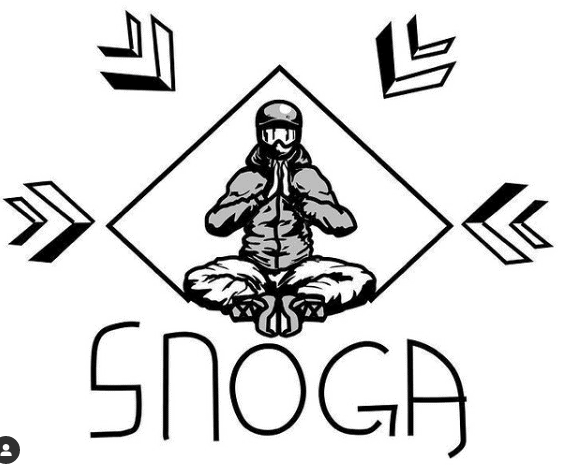
SNOGA® was designed by a snowboarding yoga instructor to help advance skills and prevent injuries. Each class focuses on mobility in areas crucial for the sport including ankles, knees, hips, spine, shoulders and more.
Visualizing and Mental Preparation

Mental preparation is just as important as physical preparation when it comes to snowboarding. Visualizing and mental preparation techniques, such as watching snowboarding videos and overcoming fear and anxiety, can help you mentally prepare for snowboarding and boost your confidence on the slopes.
Visualization Techniques
Visualization techniques involve mentally rehearsing tricks and movements, leading to better performance on the slopes. By visualizing yourself successfully executing a trick or maneuver, you can build confidence and improve your ability to perform the skill in real life.
Some effective visualization techniques for snowboarders include visualizing jumps, turns, and tricks.
Watching Snowboarding Videos
Watching snowboarding videos can inspire new techniques and lines, as well as help with mental preparation. From instructional videos to breathtaking snowboarding films, there’s a wealth of content available online to ignite your passion for snowboarding.
Some recommended snowboarding videos include “Flying – the magic of it,” “Pillow Talk in British Columbia,” “The best of times,” and “Eero x Kalle”. Im also a huge fan of S.H.E. from Artho Longo as it’s simple but incredible.
Overcoming Fear and Anxiety

Snowboarding can be intimidating, especially for beginners, but overcoming fear and anxiety is essential for performing at your best and enjoying the sport. Strategies to embrace courage and confidence include deep breathing, positive self-talk, and visualization.
Additionally, setting achievable goals, breaking down tasks into manageable steps, and seeking encouragement from friends and family can help you manage fear and anxiety.
Practicing Basic Snowboarding Movements at Home

Mastering basic movements at home like stance and posture, edge control, and basic turns and jumps is a fundamental step towards building a strong foundation for snowboarding. Developing these fundamental skills at home will not only boost your confidence on the slopes but also help you master the sport more effectively. We’ll delve into these basic movements and how you can practice them at home.
Stance and Posture
Practicing proper stance and posture at home is crucial for improving balance and control on the slopes. A good snowboarding stance is like a dynamic squat, with your knees bent and back straight.
By practicing this stance at home, you can enhance your balance and stability on the mountain, allowing you to focus on honing your skills and enjoying the ride.
A common exercise on the hill is ‘Pump and Dump’. Just like it sounds, when going heel edge we dump our hips down into a squat position and toe edge fully extend, pumping our hips into extension.
Edge Control
Edge control is essential for confidently maintaining control and stability while riding on the edges of your snowboard. It’s crucial for carving turns gracefully, maintaining balance, and preventing catching an edge.
To practice edge control at home, focus on proper body positioning, engaging the edges confidently, using your knees and hips effectively, and practicing carving turns regularly.
Basic Turns and Jumps
Practicing basic turns and jumps at home is an excellent way to build confidence and skills before hitting the slopes. To master basic turns, shift your weight over the tail of your board by flexing your back leg and extending your front leg. For basic jumps, start with small park jumps designed for beginners and commit fully to the jump, using one arm forward and one arm backward while jumping.
Powder Mat™ | The Original Snowboard Yoga Mat | Season 5 JAPAN
Looking for the finest snowboard yoga mat available to elevate your snowboarding season? Look no further
Incorporating Alternative Board Sports

Adding alternative board sports like skateboarding, surfing, and longboarding to your training routine can enhance your snowboarding skills and keep you fit during the off-season. Engaging in these activities allows you to develop similar skills and muscle groups used in snowboarding while also providing an exciting way to stay active.
A great way to learn the movement patterns of riding switch is to practice on a skateboard/ longboard.
Skateboarding
Skateboarding is an excellent way to improve your balance, turning skills, and overall board control for snowboarding. Many of the same movements and balance skills used in skateboarding can be applied to snowboarding, making it an ideal off-season training activity.
By practicing skateboarding, you can transfer your skills and techniques between the two sports, ultimately enhancing your snowboarding abilities.
Surfing
Surfing can significantly enhance your balance, coordination, and core strength, translating to better snowboarding performance. Living near the ocean is a huge advantage! Surfing is an awesome way to spend your free time in the off-snow season..
The skills you develop while surfing will undoubtedly benefit your snowboarding abilities, allowing you to tackle the mountain with confidence and improved technique.
Longboarding
Longboarding is another fantastic way to maintain fitness and improve balance during the off-season. This type of skateboarding is similar to snowboarding, providing an exciting and dynamic environment that encourages the rider to constantly adjust their balance and stance.
Practicing longboarding can greatly enhance your skills, allowing you to perform better when you practice snowboarding on the slopes.
Off-Season Snowboard Training

Training during the off-season is key to keeping and even advancing your snowboarding skills. Engaging in trampoline practice, plyometric exercises, and snowboard-specific workouts can help you stay in shape and enhance your performance on the slopes.
Trampoline Practice
Trampoline practice is an excellent way to improve air awareness and confidence for snowboarders. By practicing on a trampoline, you can perfect your air control, body position, and tricks, such as grabs, jumps, spins, and flips.
Start by following a progress plan and focusing on basic beginner tricks before confidently advancing to more complex maneuvers.
Plyometric Exercises
Plyometric exercises, such as:
Jump squats
Box jumps
Tick tocks
Jump off a plyo box
Jumping lunges
Single leg deadlift to high knee
180-degree tuck jumps
Can help build explosive power and strength for snowboarding. These dynamic, energizing movements can boost your agility and overall performance on the slopes.
Snowboard-Specific Workouts
Snowboard-specific workouts, like Shred 3.0, are designed to help snowboarders maintain fitness and improve performance during the off-season. This 12-week workout program focuses on performance, injury prevention, and longevity for snowboarders and can be done at home or in the gym with minimal equipment.
Incorporating snowboard-specific workouts into your training routine can keep you in great shape and ready to hit the slopes when the season arrives.
Online Snowboarding Resources and Tutorials

Beginners can find invaluable guidance from online snowboarding resources and tutorials, which offer expert advice to enhance your skills. From YouTube channels to snowboarding websites, there’s a wealth of information available to help you master the art of snowboarding.
YouTube Channels
YouTube channels offer a wide range of instructional videos and tips for snowboarders to learn and improve their skills. Some of the best snowboarding YouTube channels include:
Snowboard Pro Camp
Tommy Bennet
Casey Willax
Jonathan Buckhouse
Snowboard Addiction
Burton Snowboards
Snowboarding Websites
Snowboarding websites, such as Mobility Duo and SNOGA, provide expert advice, training programs, and resources for snowboarders to improve their skills and fitness. Mobility Duo offers a range of snowboarding tutorials, drills, and exercises, while SNOGA provides a membership program that offers yoga for snowboarders, including weekly HIIT workouts. Make sure to check out these websites and take advantage of their expert guidance and resources.
Summary
In conclusion, practicing snowboarding at home is an effective way to build a strong foundation and improve your skills before hitting the slopes. By setting up your snowboard gear properly, incorporating strength and balance training, engaging in mental preparation, and utilizing online resources, you’ll be well on your way to mastering the art of snowboarding. So, what are you waiting for? Start practicing today and prepare to conquer the mountain with confidence!
Frequently Asked Questions
Is there a way to practice snowboarding at home?
Yes, there is a way to practice snowboarding at home – you can build muscle, power, increase your stamina, strengthen your core and invest in a balance board. Additionally, you can keep yourself entertained by learning different tricks off the hill.
How do beginners practice snowboarding at home?
Snowboarding at home is easy with some practice – you can move your hips and use your knees to bend, and work on edge control and body positioning. With these simple exercises, you’ll be ready to hit the slopes!
How do you practice snowboarding when there is no snow?
If you have no snow, you can practice your snowboarding skills on a soft surface like carpet or cardboard, and take advantage of other activities such as skateboarding, soapboarding, surfing, and wave riding.
What are some essential steps for setting up snowboard gear at home?
Setting up your snowboard gear at home is a breeze with the right board size, secure bindings and strapping in correctly.
What exercises can help build strength and endurance for snowboarding?
Building strength and endurance for snowboarding can be achieved through exercises such as squats, lunges, planks, and push-ups – great options to help you hit the slopes in top form.
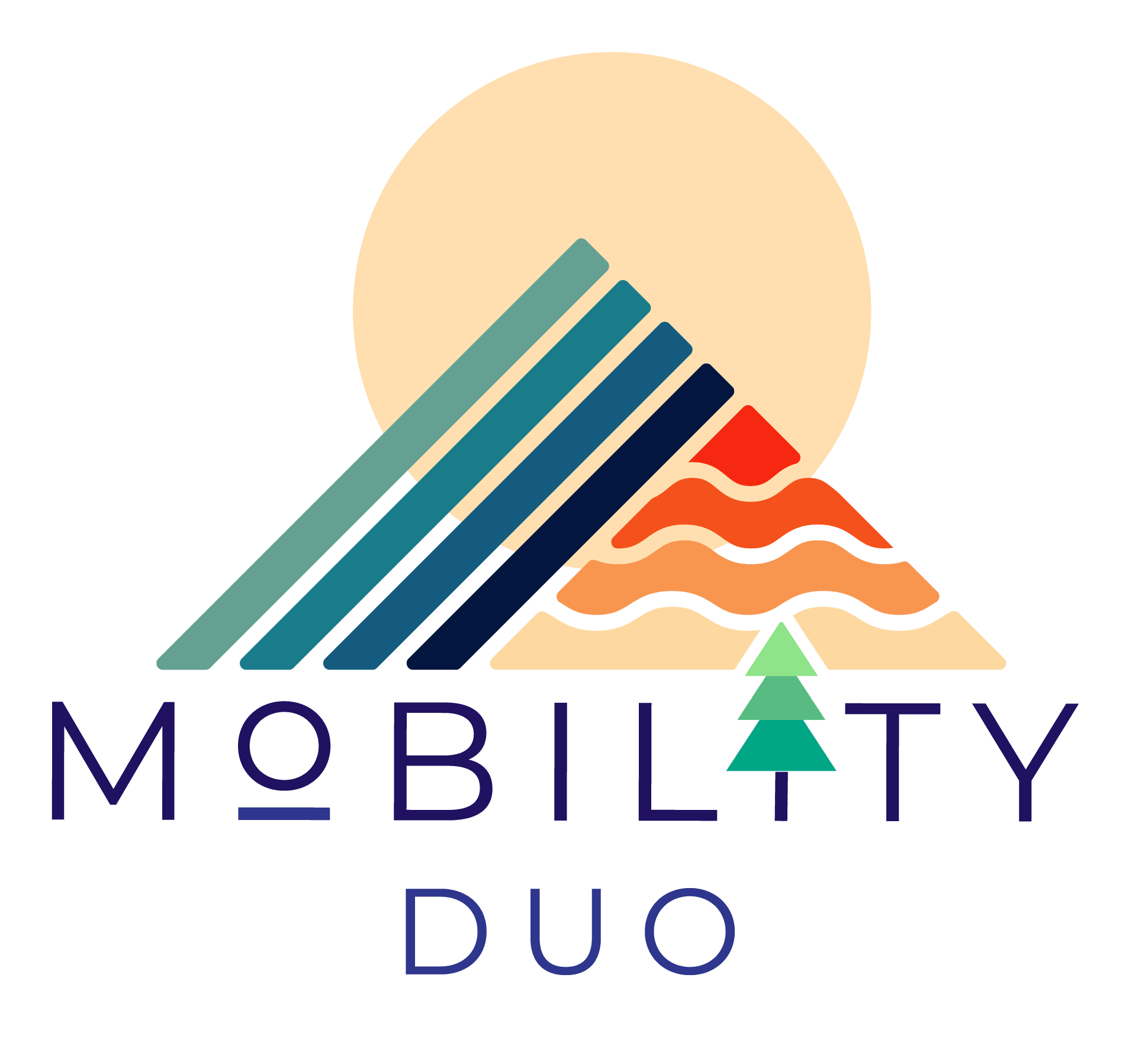
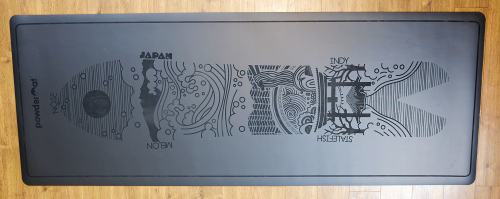
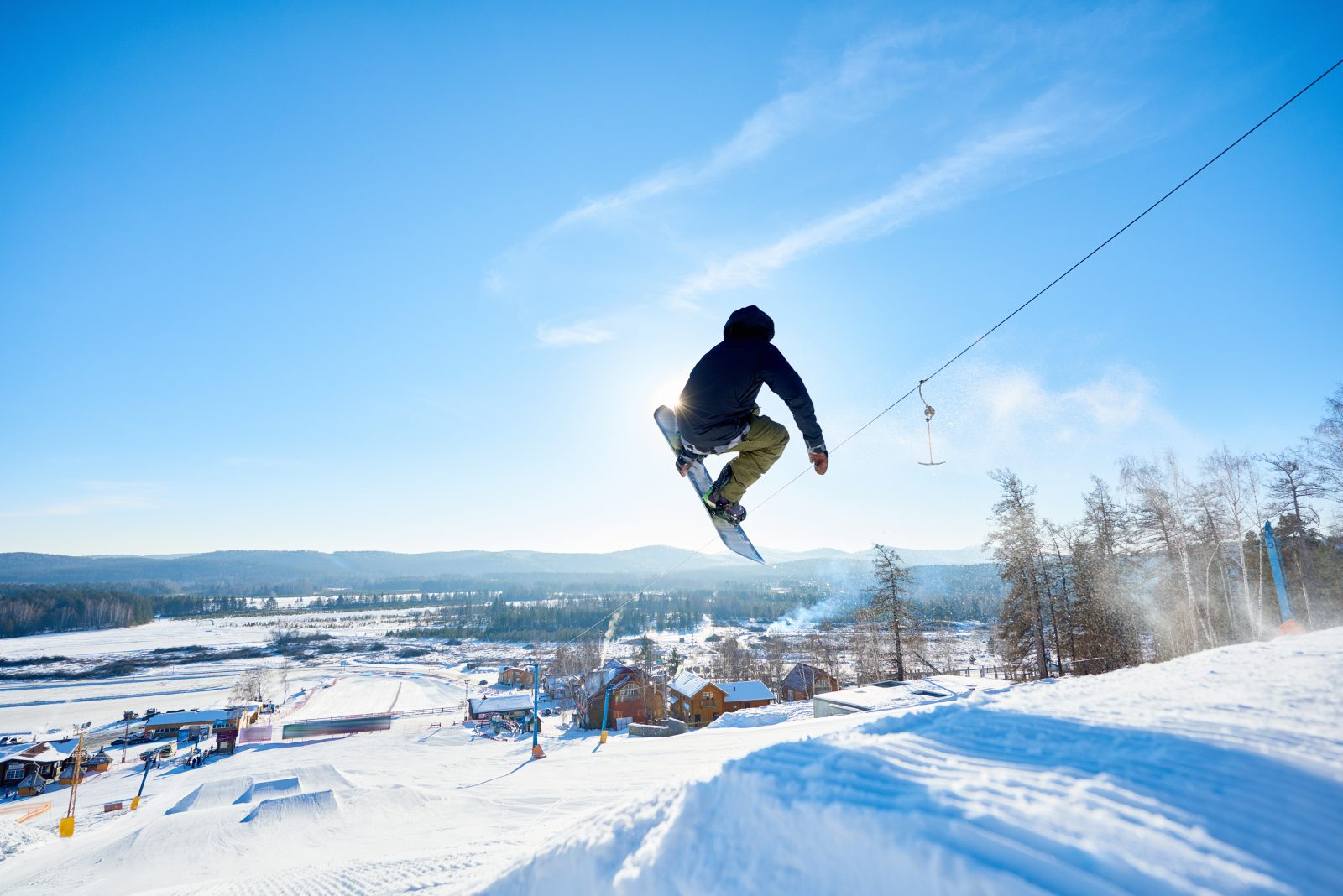
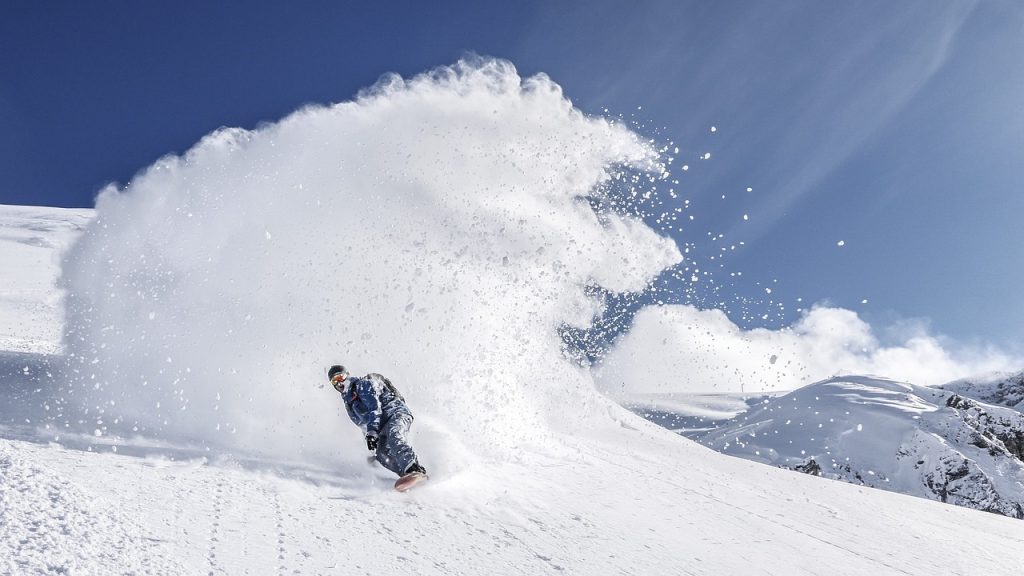
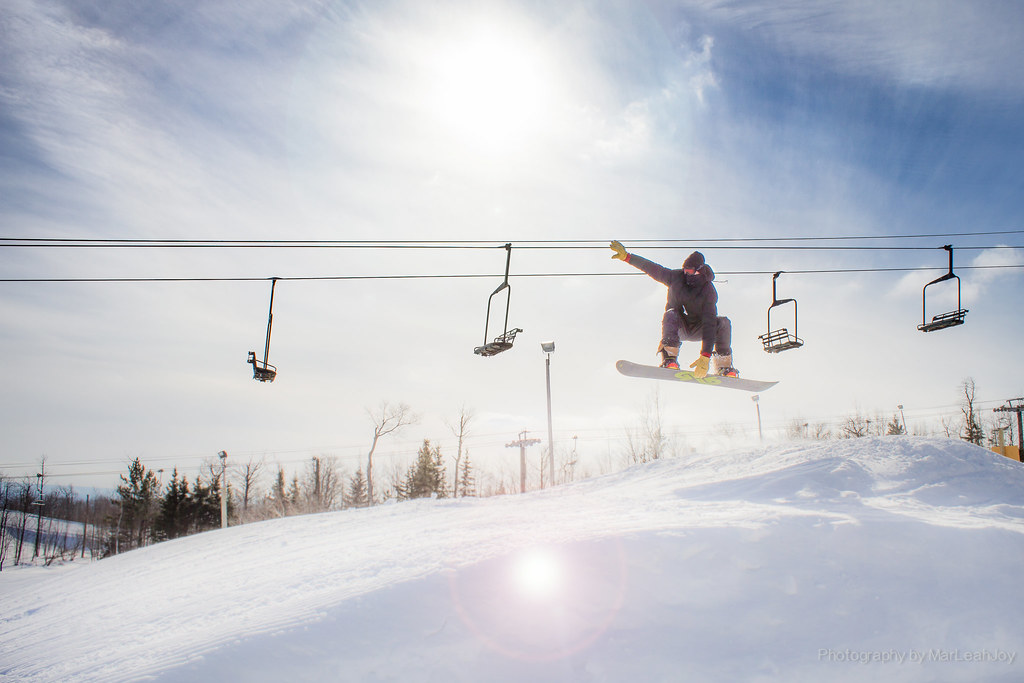
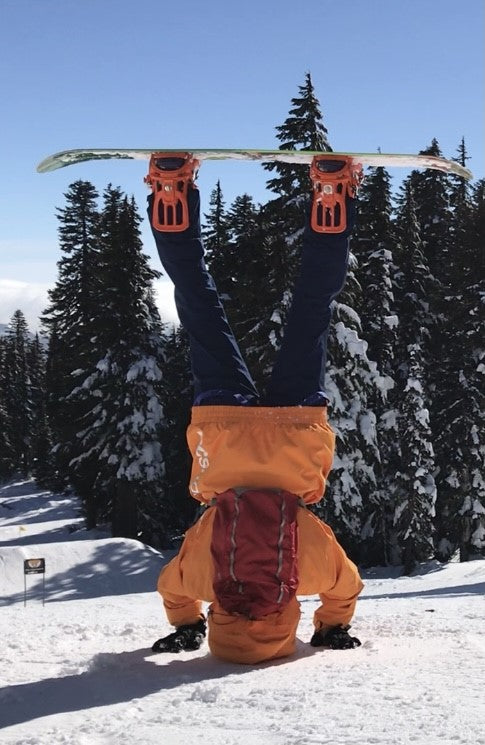

Responses